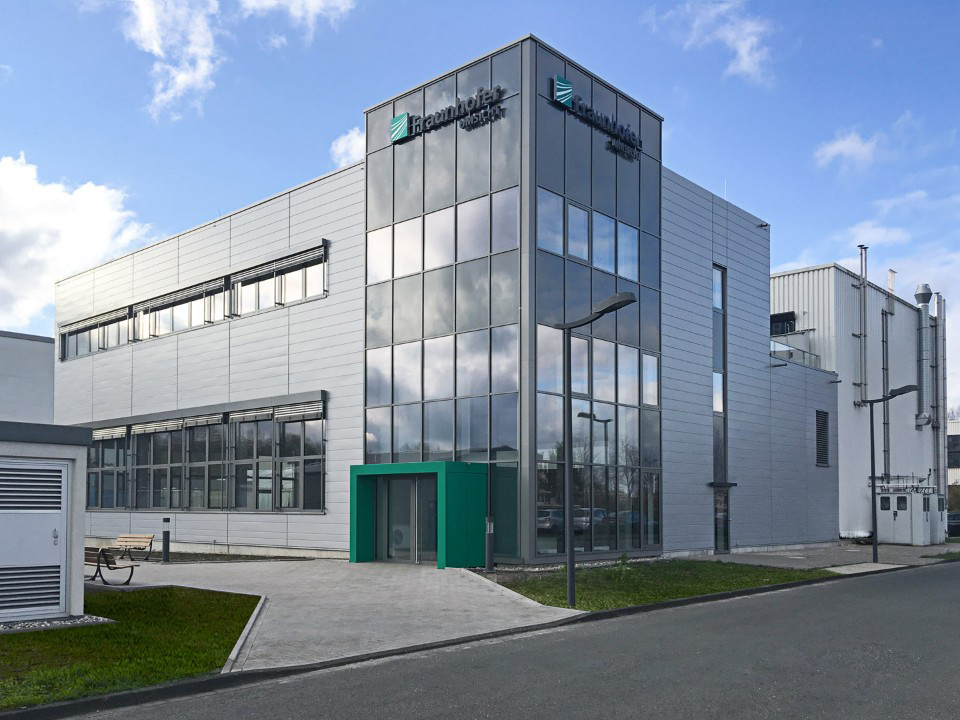Ultimately, the steel industry is seeking to eliminate CO2 emissions altogether. In a process known as carbon direct avoidance (CDA), it is possible to reduce iron ore directly and prevent the formation of CO2 almost entirely. In partnership with the company Salzgitter, researchers from Fraunhofer IKTS are now working on this process in the BMBF-funded project MACOR. To date, coal has been used for the direct reduction of iron ore. This new process uses hydrogen as the reducing agent, which cuts CO2 emissions by as much as 95 percent, depending on the degree of implementation of this technology. The hydrogen for this purpose is produced by means of electrolysis powered by renewable energy, and the iron then turned into steel in an electric arc furnace powered by electricity generated from renewable sources. A highly promising approach here is high-temperature electrolysis. Demonstrators on a scale of 100 kilowatts are already in operation. The next step will be to transfer this process to the gigawatt scale. Once again, Fraunhofer IKTS will play a vital role, providing ancillary research and heading up process simulation in particular.
Steel production is not the only sector of industry to produce waste gases and wastewater. In Colyssy, a project in partnership with the company Johann Bergmann, researchers from Fraunhofer IKTS are developing an integrated process for the commercial exploitation of industrial waste gases and wastewater from a lime works. The objective is to produce useful chemicals. This process features a combination of high-temperature co-electrolysis, CO2 separation by means of special ceramic membranes, and the Fischer-Tropsch synthesis with a newly developed, scalable reactor concept. This produces synthetic waxes, which can then be used as lubricants or as base materials for the production of cosmetics. The plant is scheduled to start operation in 2021. Fraunhofer researchers are also working on process development. This involves simulating and enhancing the entire process. By coupling the individual process steps at the lime works, it is also possible to use by-products from the Fischer-Tropsch synthesis in the combustion process, which creates options for greater flexibility.
In a related area, mine water heavily contaminated with minerals and sulfates can be treated with the RODOSAN process, which was developed by Fraunhofer IKTS. Here, three things happen in parallel: hydrogen is recovered from the mine water to serve as an energy carrier; iron in the mine water is reduced and thereby recovered; and toxic substances, especially sulfur, are concentrated and recovered for use in fertilizers. Between 45 and 70 percent of the sulfates contained in the mine water can be removed in this way. A pilot plant with a capacity of 6 cubic meters per hour is available for the purposes of technical analysis and process optimization.
